Car-makers keep using high-GWP refrigerant
- PostedPublished 29 October 2019
The red R134a sticker on a refrigerant line fitting in the image above is found under the bonnet of a cutting-edge electric vehicle that is selling well in Australia. The Hyundai Kona.
Inset is a J639 label from another hi-tech EV, the Jaguar I-Pace, sold in Australia carrying 850 grams of R134a. The Kona uses 650g of the same refrigerant.
Both have relatively large charge weights because they rely on air-conditioning technology for thermal management of their battery and drivetrain systems.
They are both sold in Europe (the Jaguar is made there), where R134a has been banned on new platforms for years.
SightGlass News has also been told by a working Tesla technician that the pioneering EV manufacturer also uses R134a in this market, contrary to its brand mission of saving the planet.
In a front-end smash resulting in the Jaguar’s condenser rupturing and a total loss of refrigerant, the R134a released would have an equivalent impact on the atmosphere of more than 1.2 tonnes of carbon dioxide, around the amount emitted by driving 7000km in an average internal combustion engine car.
The fact that Australia’s $7 billion smash repair industry supports almost 38,000 jobs suggests a high daily number of uncontrolled refrigerant loss incidents.
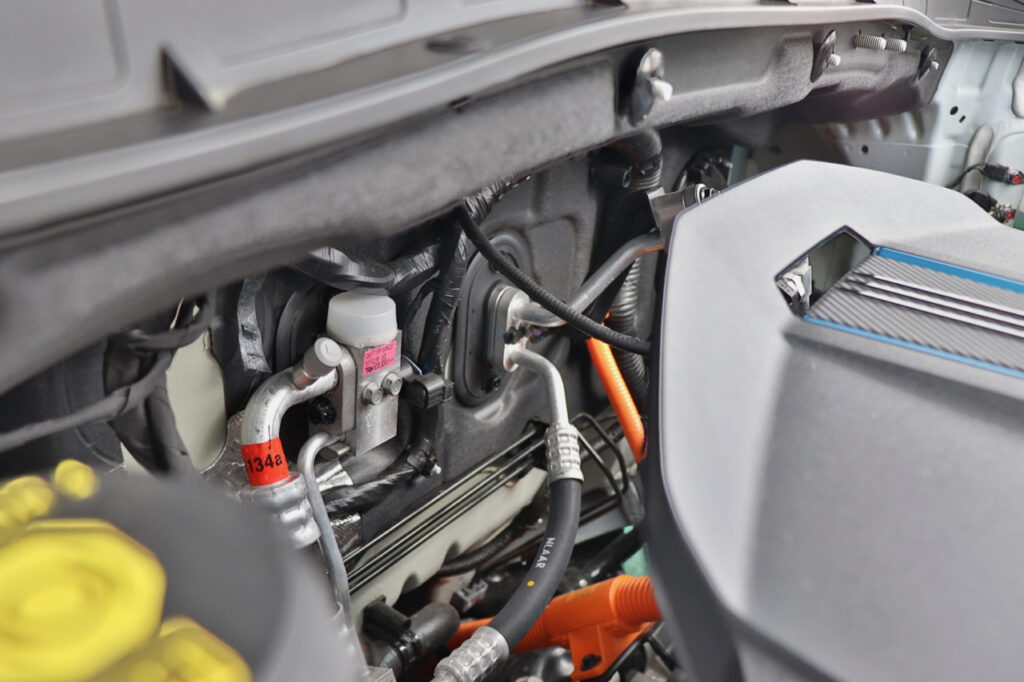
Uptake of YF and other low-GWP refrigerants has been glacial in Australia, despite many models being sourced from markets such as Europe where R134a is outlawed for domestic use.
Case in point is the imported Holden Commodore. In global terms, not many of these German-built cars end up here. Yet Holden decided that bringing them in full of R134a rather than YF was a good idea.
Why is it seen as OK to dump old-fashioned synthetic greenhouse gases onto the Australian market? Because they can.
Despite being in its second year of HFC phase-down and having ratified the Kigali Amendment to the Montreal Protocol, Australia still has no equipment bans for automotive, which accounts for a third of the nation’s refrigerant bank and a disproportionate level of uncontrolled losses caused by collisions.
Simply relying on the market to decide is clearly not going to work. The absurdity of filling EVs with R134a suggests a moral bankruptcy among car manufacturers.
While consumers might gravitate to a more efficient vehicle, they are unlikely to understand or care how its AC works.
For this reason, VASA has written to the Australian Government urging it to take action, highlighting that our industry is prepared for the change. We already have access to the technology, equipment and training, as well as the experience of our European and American counterparts.
Leading the world in refrigerant stewardship is not enough. It is time to get serious about Australia’s end-to-end role in the global HFC phase-down.
The amazing ozone layer recovery we are now seeing did not come about from letting the market decide.
Backed by regulation, we pulled together to achieve huge environmental benefits. And we’re ready to do it all over again.
OPINION: We can do more to combat climate change when it comes to HFCs
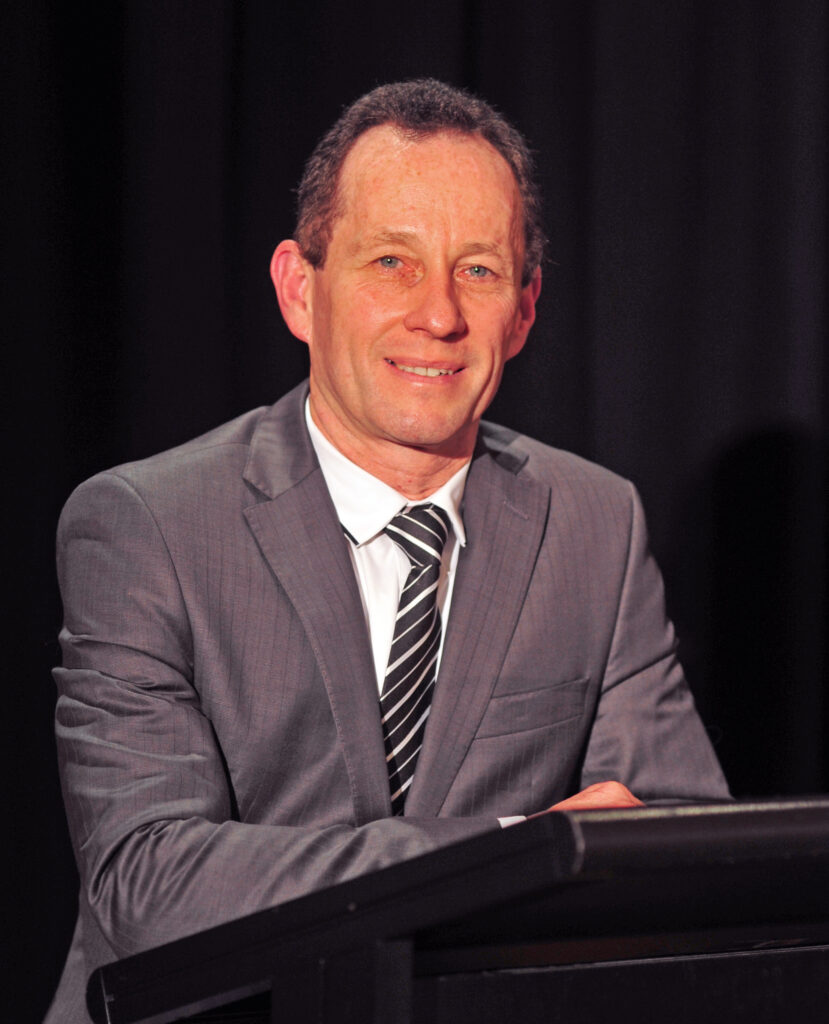
By Ian Stangroome
VASA President
AS WE feverishly head towards our summer, which will most likely involve handling copious amounts of high-GWP refrigerants, I would like to comment on the growing outcry around the globe for more to be done to combat climate change.
As you may have seen in the media recently, protesters everywhere are rallying for countries to “do more” to combat climate change.
Unified action across the globe by all countries is important, particularly if all the major polluters are involved, and the call for countries to “do more” is all very well, but as individuals we can all play our role as well.
We can all aspire to be more, do more and achieve more, in every aspect of our lives, and looking after our environment should be an important consideration in the thought and planning process in whatever we set out to do.
The great results we may have achieved in the past should never be considered the limits of our potential, regardless of how difficult those accomplishments may have seemed at the time.
Certainly, in the automotive industry, there is much as individuals and business owners that we can do to preserve the quality of our environment through adopting better work practices.
The motor vehicle is a significant consumer of resources both throughout the manufacturing process and during its usable serviceable life. Its negative impact on the environment could have been much greater if environmental standards and technical advancements had not been implemented over many years throughout the past.
We are all intimately aware of the changes we have experienced in the air conditioning sector within our industry.
We have eliminated refrigerant ‘top-ups’, rid our systems of ozone-depleting R12, shifted to refrigerant recovery and recycling and elevated ourselves into a licensed industry working to standards and a code of practice. Automotive AC systems are further transitioning to use low-GWP refrigerants to further reduce their impact on our environment.
All these changes have been environmentally driven and your role in this has made a significant contribution to the success of our region in this endeavour.
You should be congratulated. But we can still do more.
Actively encouraging vehicle owners to maintain and service their vehicles in a manner which keeps them running at their optimum efficiency will be beneficial to their vehicle’s performance, reliability and the environment and should even improve your bottom line.
Ensuring that the handling and disposal of waste materials, parts, oils and fluids is managed appropriately and recycled wherever possible will keep your workplace clean, safe and can put extra dollars in your pocket.
And yet we can still do more.
There are many ways within our workshops that we can reuse, recycle, restore, recondition, repurpose, remanufacture and reduce.
Our workshop environment is probably one of the easiest workplaces to do so much that can make a difference.
If we focus on “our environment” instead of “the environment” we can all take responsibility for what we are individually able to achieve towards its preservation and protection.
And we can always do more.
OPINION: Car sales slump while we wait for certainty on EVs

By Haitham Razagui
SightGlass News Editor
WHAT is causing new vehicle sales to plummet on both sides of the ditch?
For the first time since the global financial crisis, Australasia’s automotive market is going backwards.
In Australia, sales figures to the end of August showed light vehicles to be down eight per cent year-to-date, while heavy vehicles and farm machinery respectively declined 6.6 and 12 per cent. Meanwhile, the New Zealand market dropped 5.1 per cent.
A combination of reasons are proffered, including slow economic growth, unstable property values, wage stagnation, low consumer and business confidence and volatile overseas trading conditions due to Brexit, the ongoing trade war between the United States and China and, of course, rising tensions in the Middle East that threaten fuel supplies.
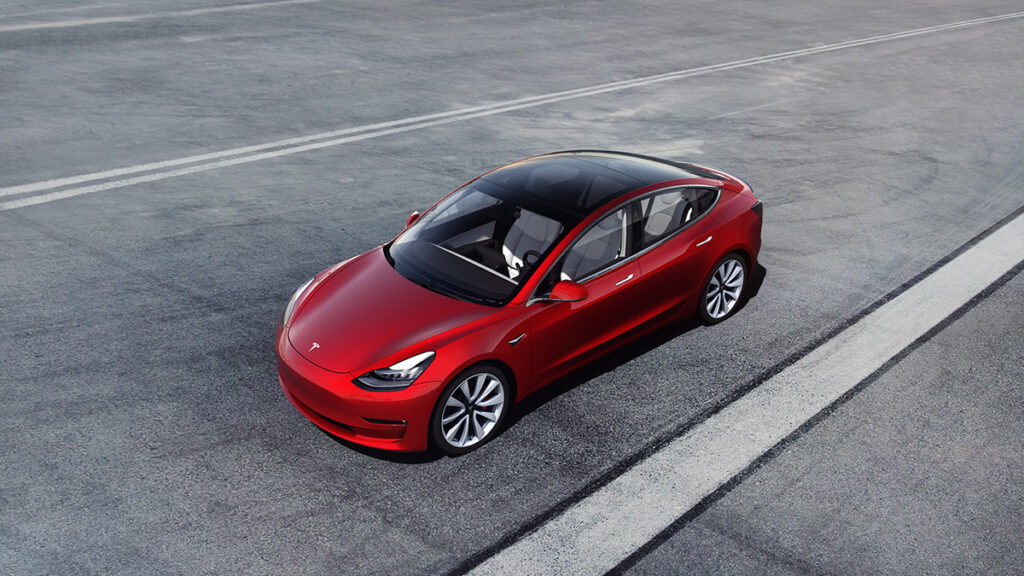
Beyond this, both anecdotally and through various market research sources, it’s becoming clear that people are holding off their vehicle purchasing decisions until it becomes clearer what their options are regarding electrification.
It’s a bit like waiting until September to see what Apple releases before upgrading your smartphone, except the stakes are arguably much higher.
Also like the annual Apple event, technological leaps are redefining how much people are prepared to spend.
There’s evidence that a number of people are upping their usual new car budget in order to go electric, reasoning that lower running costs will help balance things out. And they really, really wanted that Tesla Model 3.
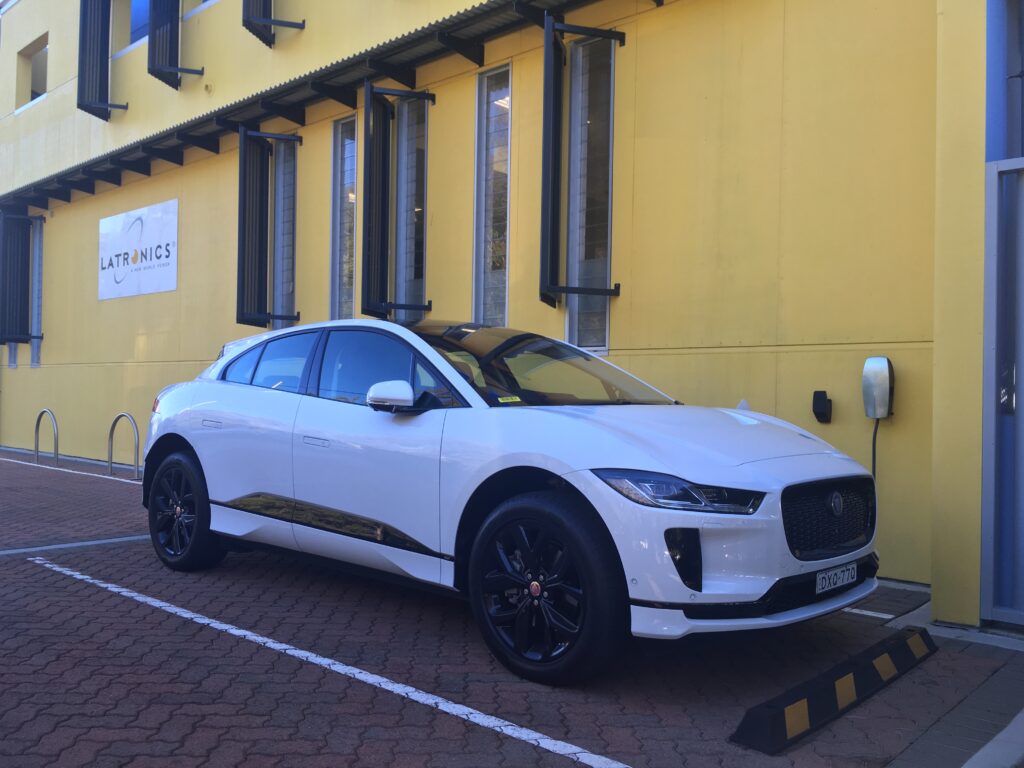
For now, the Hyundai Kona Electric reviewed in issue 17 of SightGlass News remains the best EV bang for buck.
Just like the petrol version, it’s lacking in legroom and boot space, but I’ve spent more time with it since the last report and reliably got 500km of range from each full recharge.
I’ve also been lucky enough to spend time with the Jaguar I-Pace, which is a brilliant machine, but not worth twice the price of a Kona before options because its battery range was disappointing. It’s the EV equivalent of a thirsty old Jag.
Counting myself among those waiting for the right EV to come along, I was seriously disappointed to learn that Kia’s e-Niro (essentially a larger, more practical version of the Kona) and e-Soul are now looking unlikely to launch Down Under until 2021 rather than arriving in time to shuttle international tennis stars around Melbourne for the 2020 Australian Open in January.
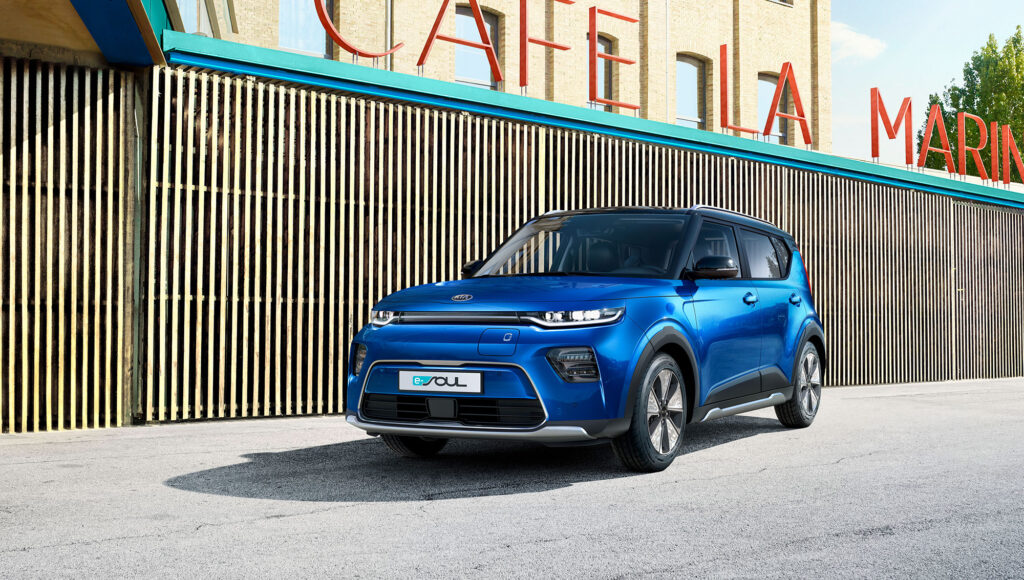
This compounds Volkswagen’s decision to bring none of its electrified ID models here until 2022, due to the company prioritising markets that offer incentives to accelerate EV uptake. And with more than 33,000 pre-orders in Europe alone, it’ll have its work cut out as it ramps up production for several months to come.
Interestingly, it’s now looking increasingly likely that the first all-electric Volkswagen to reach Australian shores will be the ID .4 SUV, previewed by the I.D. Crozz concept pictured, rather than the ID .3 hatch that was revealed in production form at the recent Frankfurt motor show.
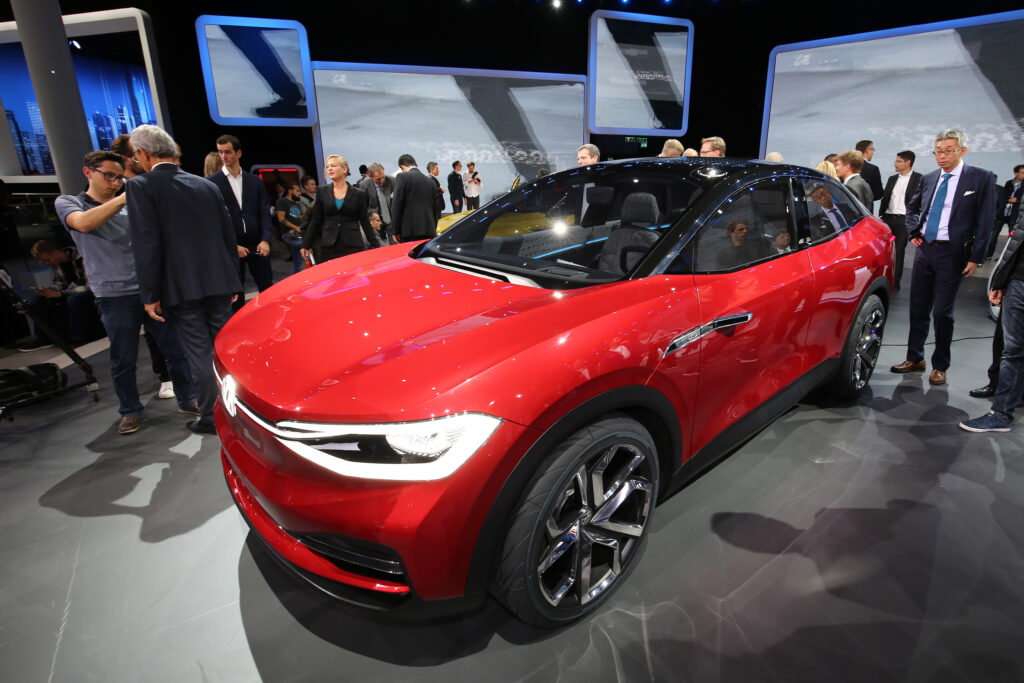
By 2022 there could be all sorts of brilliant alternatives on offer here. And Apple’s iPhone 12S will be on the horizon.
But what if you could get a decent EV, from an established brand, for less than $13,000? In other words, cheaper than a Mitsubishi Mirage.
You can in China, where the Renault City K-ZE costs from ¥61,800 ($A12,900) and provides a 250km range courtesy of a 30kWh battery (a Nissan Leaf has 270km range and is $49,990 before on-road costs in Australia).
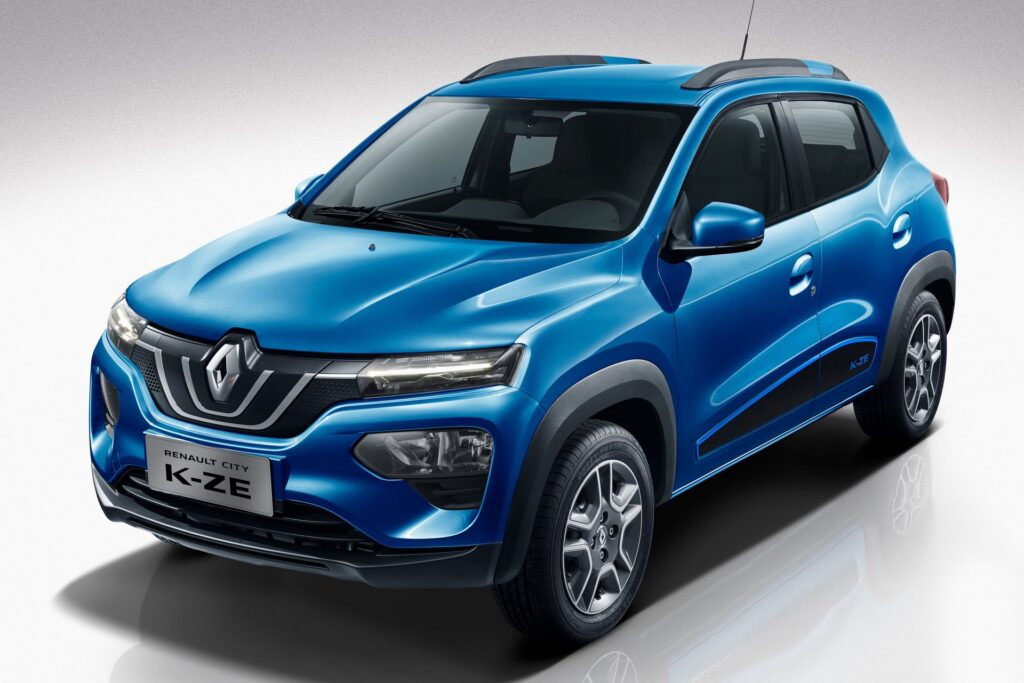
Meanwhile the first customer Tesla Model 3s have been delivered in Australia and New Zealand, seemingly in large quantities. It’s not quite the mass-market EV we were promised, being more of an electric alternative to a four-cylinder mid-size sedan from Audi, BMW or Mercedes.
But, if the European market is anything to go by, the electric Mini should be priced around the same as the petrol Cooper S version that is its nearest equivalent in terms of performance and specification.
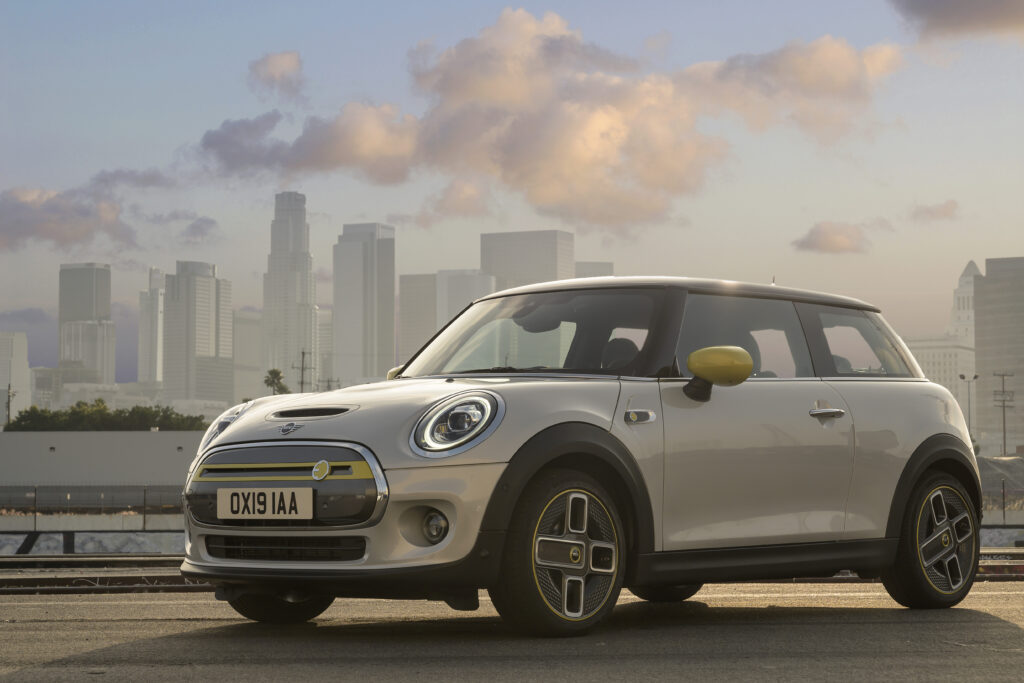
It shares running gear with the BMW i3, which helps keep costs down but unlike the BMW, it looks like a regular Mini. You can even delete the unique wheel design and fluorescent yellow trim.
Should the Mini Cooper S E launch here priced the same as a petrol-auto Cooper S ($43,700 plus on-roads) when it launches next year, it will undercut the slower but more practical Nissan Leaf while offering similar battery range.
- CategoriesIn SightGlass
- Tagselectric vehicles, EV, HFC phase down, HFC phasedown, HFCs, HFO, R1234yf, R134a, refrigerant, SightGlass News Issue 18, YF

